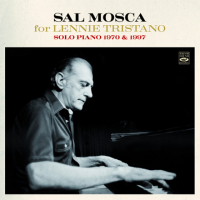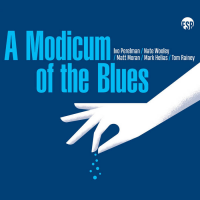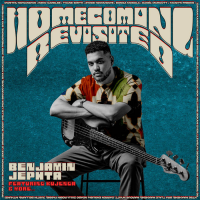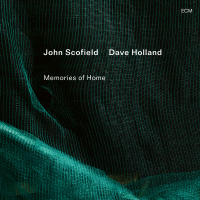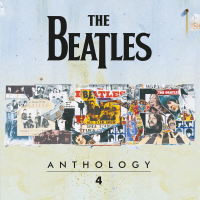Home » Jazz Articles » Album Review » Carla Bley / Andy Sheppard / Steve Swallow: Life Goes On
Carla Bley / Andy Sheppard / Steve Swallow: Life Goes On
The ten compositions on Life Goes On—all written by Bley—are divided among three individually themed suites. The title track, a pensive blues piece, is a highlight of the album; dark at first, it slowly unfolds, more assured and elegant. The three-part suite "Beautiful Telephones" is motivated by an obtuse comment made by the current occupant of 1600 Pennsylvania Avenue. Each section features a different trio member, beginning with Swallow, then Sheppard, and finally, Bley. The pieces are rather tranquil considering the veiled political inspiration. The final suite, "Copycat" is the edgiest of the material, with the dissonant nuances of "Copycat III" successfully enacting what Bley calls the trio's "finishing each other's sentences."
Life Goes On was recorded in Switzerland at the Auditorio Stelio Molo. It is not a starkly surprising entry from Bley, Swallow and Sheppard but it has its share of unanticipated turns. The trio drop just enough sharpened points into the expansive architecture of the melodies. There is impulsiveness in these suites which makes each engrossing listening. Life Goes On is a showcase for three veterans who continue to be remarkably fresh and relevant.
Track Listing
Life Goes On: Life Goes On; On; And On. Beautiful Telephones: I, II, III; Copycat: After You; Follow The Leader; Copycat.
Personnel
Album information
Title: Life Goes On | Year Released: 2020 | Record Label: ECM Records
Tags
PREVIOUS / NEXT
Support All About Jazz
 All About Jazz has been a pillar of jazz since 1995, championing it as an art form and, more importantly, supporting the musicians who make it. Our enduring commitment has made "AAJ" one of the most culturally important websites of its kind, read by hundreds of thousands of fans, musicians and industry figures every month.
All About Jazz has been a pillar of jazz since 1995, championing it as an art form and, more importantly, supporting the musicians who make it. Our enduring commitment has made "AAJ" one of the most culturally important websites of its kind, read by hundreds of thousands of fans, musicians and industry figures every month.

















